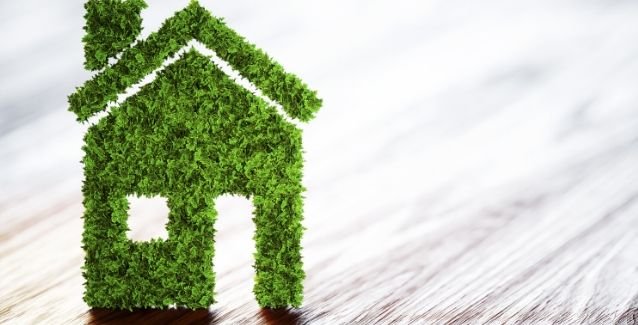
- calendar_month May 2, 2024
- folder Tips
In the pursuit of sustainable living, the choices we make within our homes play a pivotal role. As we become increasingly aware of the impact of our lifestyles on the environment, the quest for eco-friendly living has gained momentum. From reducing carbon footprints to embracing renewable energy sources, there's a myriad of ways to transform our living spaces into eco-friendly havens. In this blog, we'll delve into practical tips and sustainable practices for creating energy-efficient homes that not only benefit the planet but also promote a healthier and more sustainable way of life.
1. Embrace Energy-Efficient Appliances: One of the most effective ways to reduce energy consumption in your home is by investing in energy-efficient appliances. When shopping for new appliances, look for the ENERGY STAR label, which indicates that the product meets certain energy efficiency criteria set by the Environmental Protection Agency. From refrigerators and washing machines to air conditioners and water heaters, opting for ENERGY STAR certified appliances can significantly lower your energy bills while reducing greenhouse gas emissions.
2. Harness the Power of Renewable Energy: Transitioning to renewable energy sources such as solar or wind power is another impactful way to make your home more eco-friendly. Installing solar panels on your roof not only allows you to generate clean energy but also provides long-term cost savings. Many governments offer incentives and rebates to homeowners who invest in renewable energy systems, making it a financially viable option in the long run. Additionally, incorporating energy storage solutions like home battery systems can further optimize the utilization of renewable energy and enhance energy independence.
3. Prioritize Energy-Efficient Lighting: Lighting accounts for a significant portion of household energy consumption, but adopting energy-efficient lighting solutions can lead to substantial energy savings. Replace traditional incandescent bulbs with energy-efficient alternatives such as LED or CFL bulbs, which consume less energy and have a longer lifespan. Additionally, consider installing motion sensors or timers to automate lighting and minimize unnecessary energy usage.
4. Optimize Home Insulation and Ventilation: Proper insulation and ventilation are essential components of an energy-efficient home. Ensure that your home is well-insulated to prevent heat loss during colder months and minimize the need for excessive heating. Sealing gaps and cracks around windows, doors, and ductwork can significantly improve energy efficiency and indoor comfort. Additionally, investing in high-performance windows with double or triple glazing can further enhance insulation and reduce energy costs. Adequate ventilation is also crucial for maintaining good indoor air quality and preventing moisture buildup, which can lead to mold growth and structural damage.
Creating an eco-friendly home is not just a noble endeavor but a practical and rewarding one. By implementing sustainable practices and embracing energy-saving technologies, homeowners can significantly reduce their environmental footprint while enjoying long-term cost savings and improved quality of life. From investing in energy-efficient appliances and renewable energy systems to optimizing home insulation and lighting, every small step towards sustainability counts. Let's join hands in building a greener future, one eco-friendly home at a time.
Ready to embark on your journey towards an eco-friendly home? For personalized guidance and expert assistance in implementing sustainable practices, contact Serge at 818.534.7376. Together, let's make a difference for our planet and future generations.
